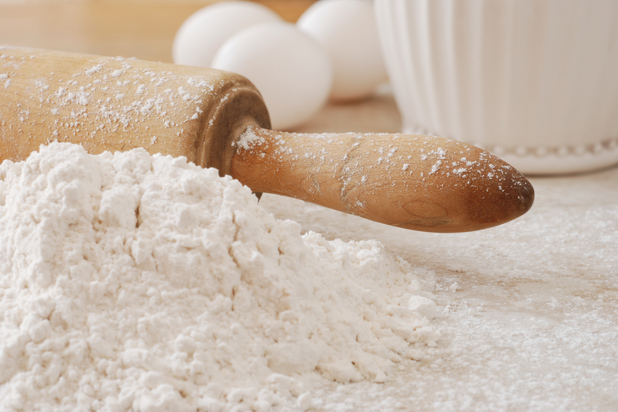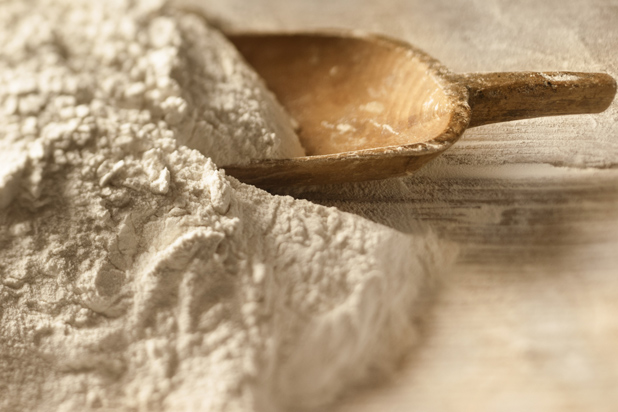Do the Different Types of Flour REALLY Matter?

I am the type of gal who pretty much always uses all-purpose flour for all of my cooking and baking needs and I am quite satisfied with that. However, as I am approaching what I like to call "baking season," basically all of fall and winter, where you just want to stay in your warm home and bake breads, cakes, and cookies, I think this year I would like to up my baking game and see if some of these specific flours I see out there on the baking aisle can actually help me do this. There are so many types out there: all-purpose, pastry, cake, bleached vs. unbleached, whole wheat, etc. The list goes on and on! How are you supposed to know what to use when and if it really makes that big of a difference?

First of all, we have to know that there is one thing that makes these flours different from each other: the protein levels. Commercial-grade flour you purchase at the store is made from either hard winter wheat, which has a higher protein content, or soft winter wheat which has a lower protein content.
Bleached vs. Unbleached
There is some discrepancy amongst bakers whether or not bleached flour makes a difference. Some claim it doesn't make any difference at all, while others claim bleached flour results in better volume, tenderness, and even flavor. An example to show protein content in bleached flour is Gold Medal All-Purpose Bleached flour. It contains around 10.5 percent protein, and is a great choice for popular baked goods like cakes, cookies, brownies, and pie crusts. For an unbleached flour, a good one is King Arthur Unbleached Flour. It has 11.7 percent protein content and can be used for everything from cakes and cookies, to piecrusts and pizza dough.
Bread Flour
Bread flour is preferred for yeast breads, pizza dough, rolls, and focaccia. It has a higher protein count than other flours, making it preferable when working with yeast. This is because yeast produces carbon dioxide gas that helps bread rise, but it is also gives the bread the structural support from gluten to hold its volume. An example of good bread flour is King Arthur Unbleached Bread Flour with 12.7 percent protein.
High Gluten Flour

High-gluten flour is like super-charged bread flour, so it's also very good for yeast baking. Because it has a much higher level of protein, at 14.2 percent, it's perfect for making extra-chewy baked goods like bagels or artisan-style breads.
Cake Flour
Cake flour is typically bleached, although unbleached versions can be found. It has the lowest protein content, therefore making it appropriate for light and fluffy baked goods such as cakes, muffins, and biscuits.
Pastry Flour
This is a middle-ground flour with a protein content that usually falls between those of cake flour and all-purpose flour. Many bakers like it for piecrust. You can simulate it yourself by combining all-purpose and cake flours in equal quantities.
I hope this helps you understand the differences between these flours and how it could improve your baking. One great tip that is true for every time you bake: use whichever kind of flour is called for in a particular recipe and you will yield the best results. Have a lovely baking season! :)
- https://www.thedailymeal.com/everything-you-need-know-about-flour-slideshow
 Mary Richardson
Mary Richardson
Weekly Newsletter Contributor since 2014
Email the author! mary@dvo.com
